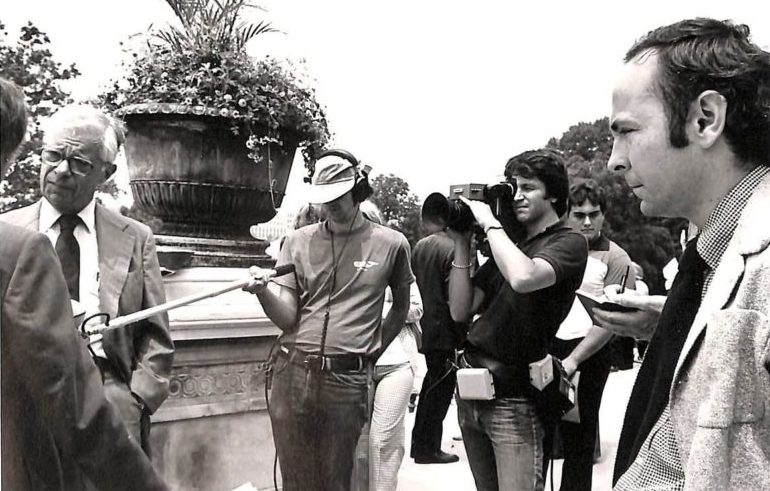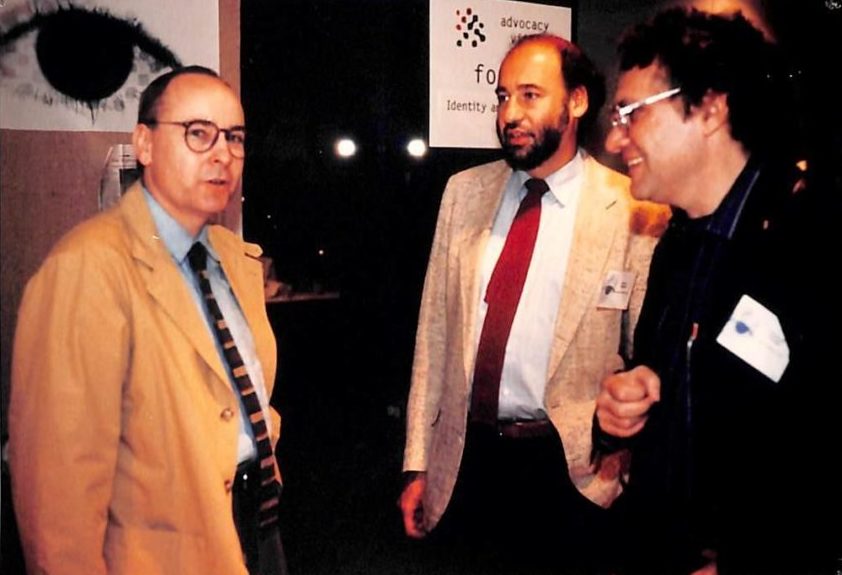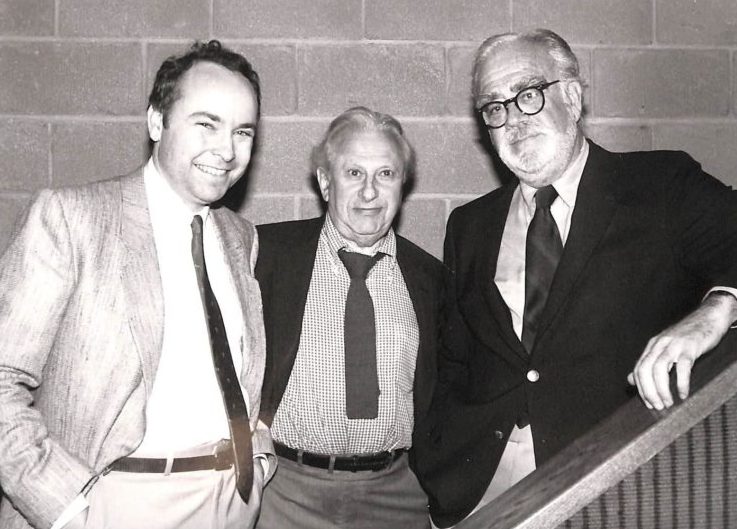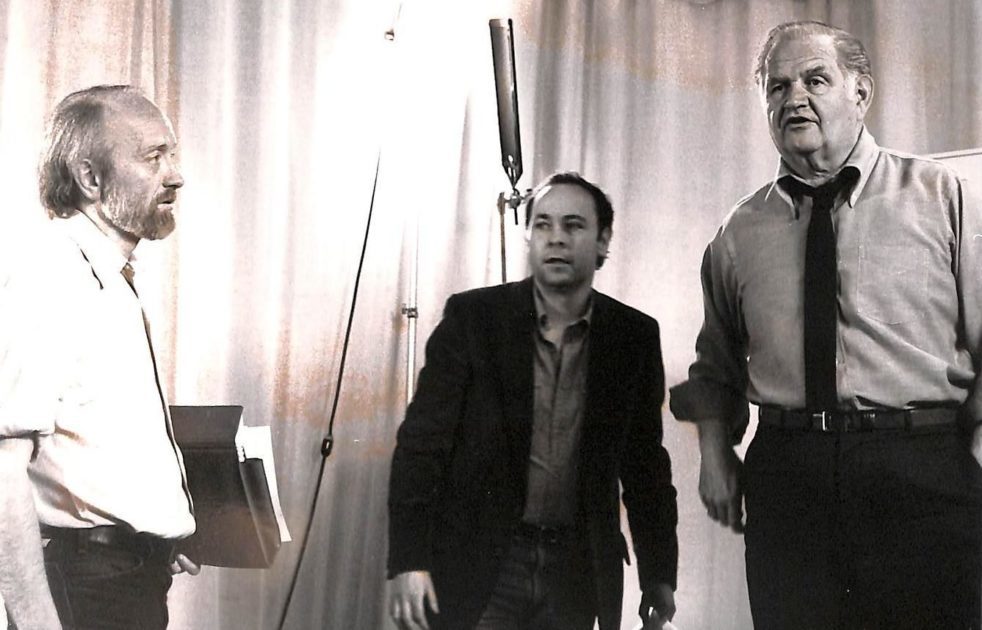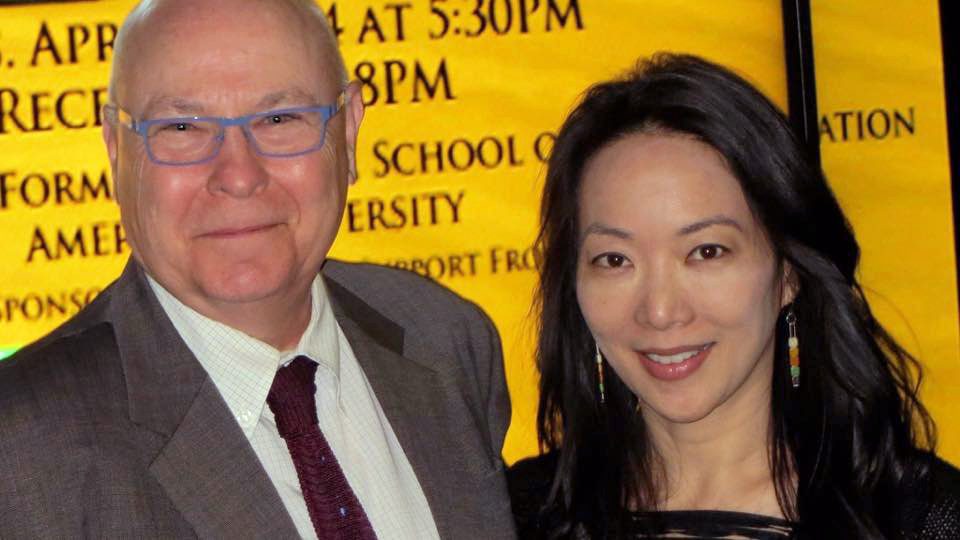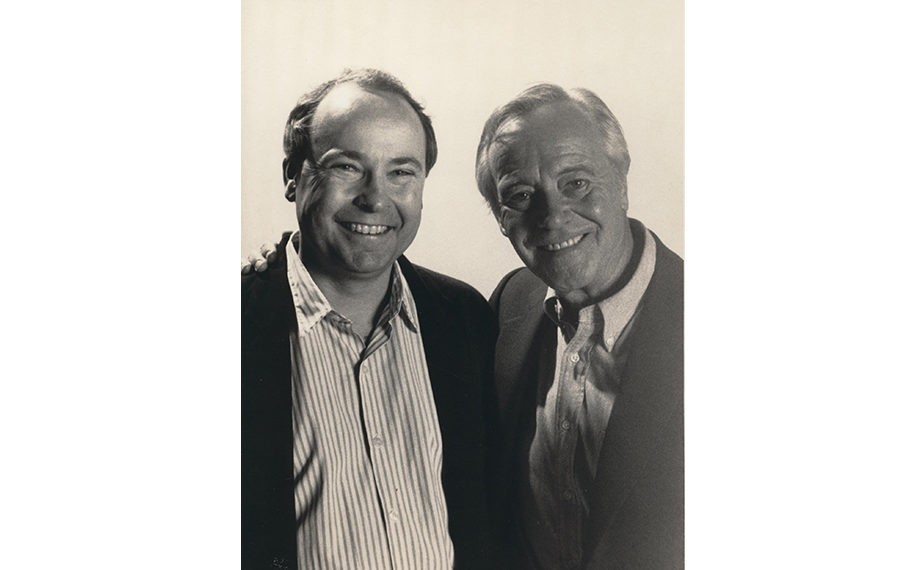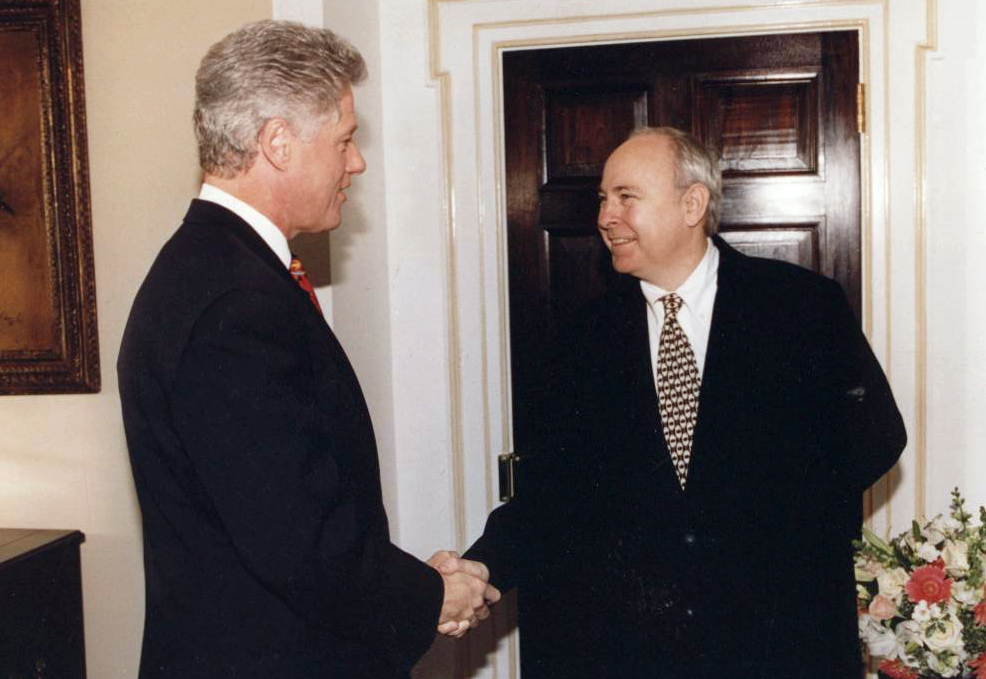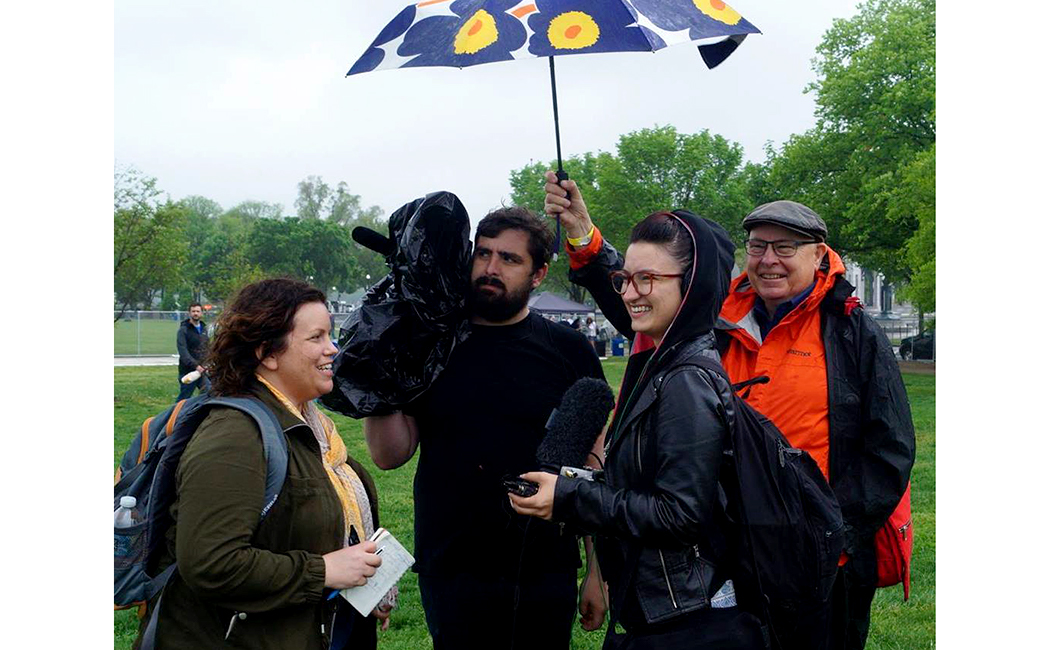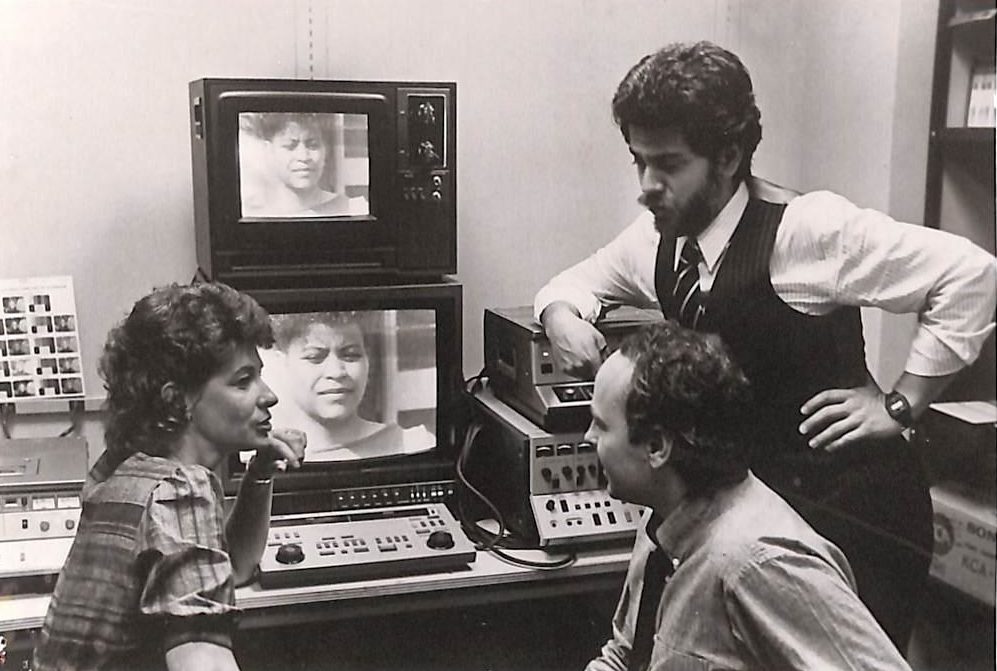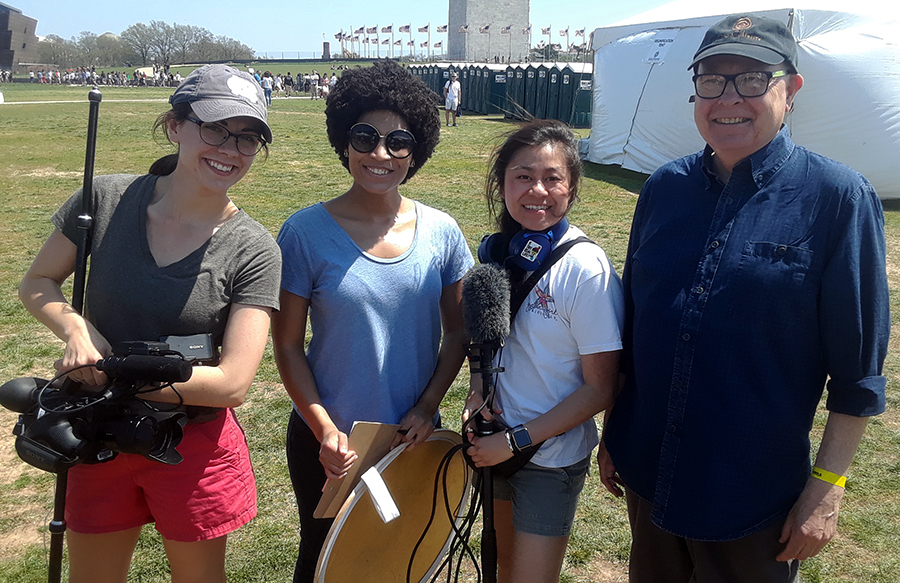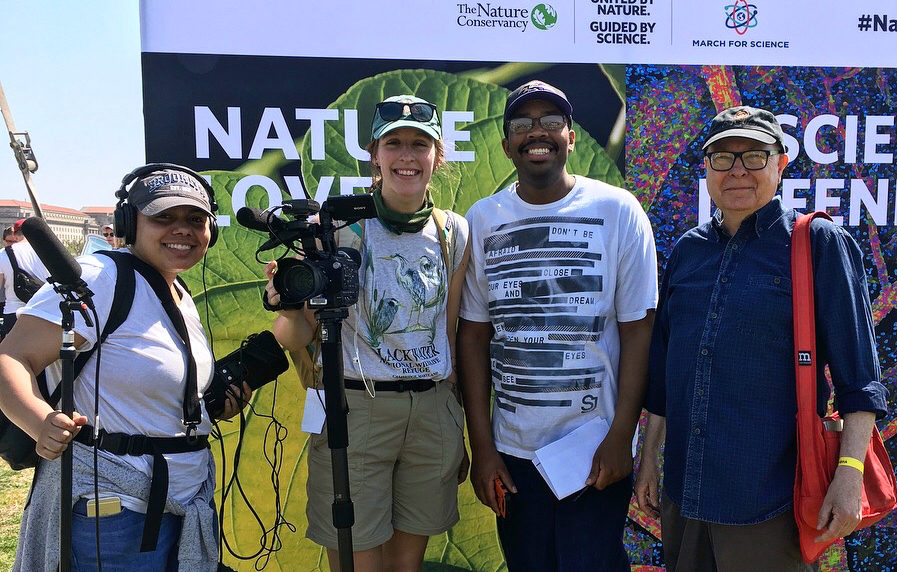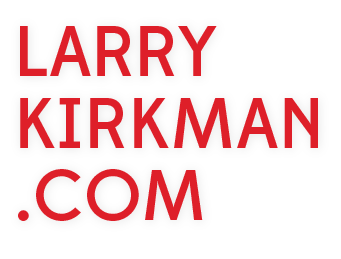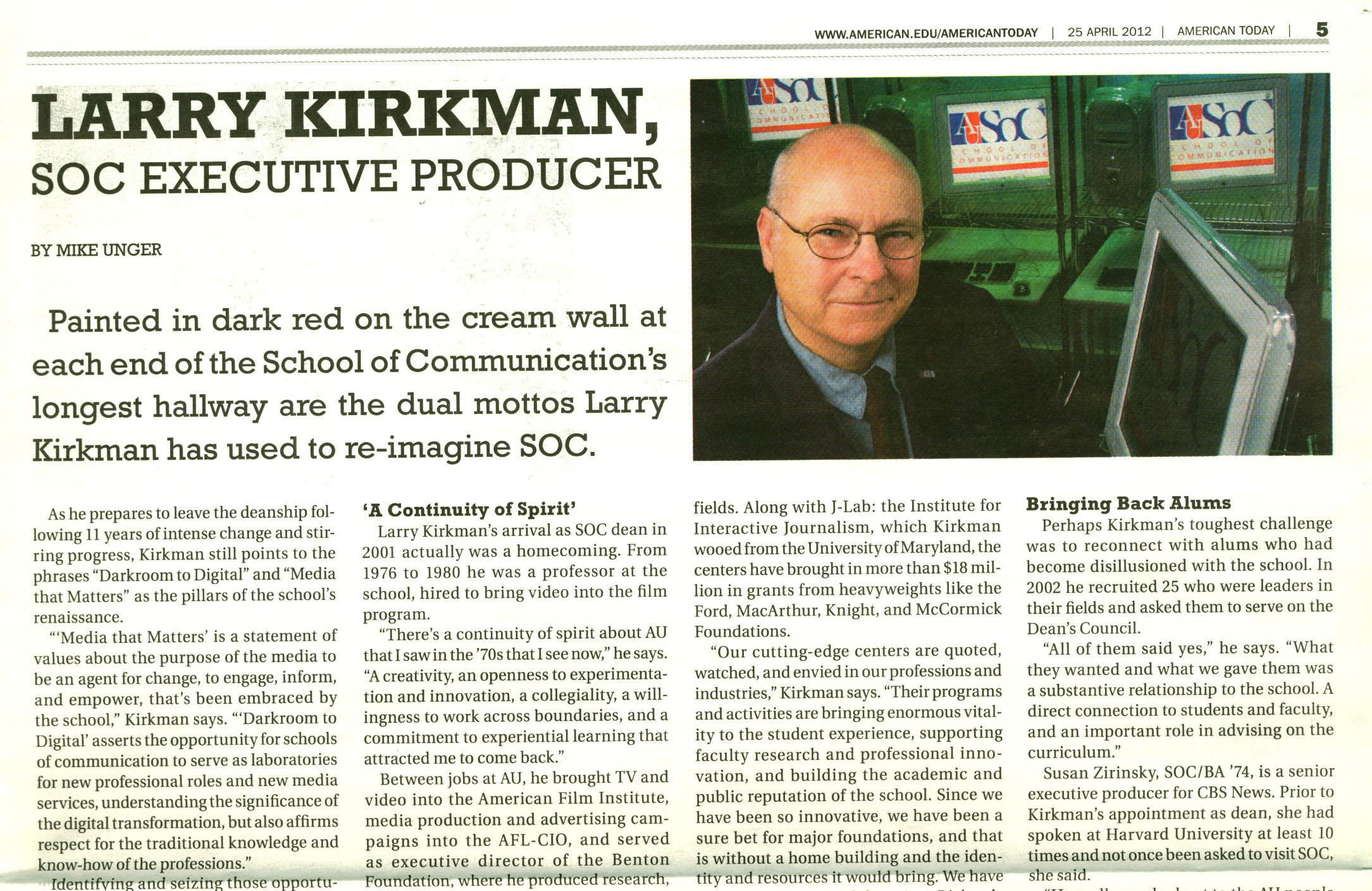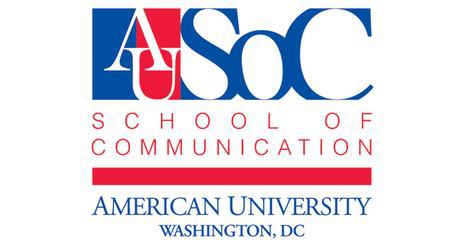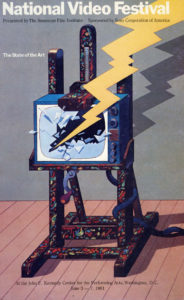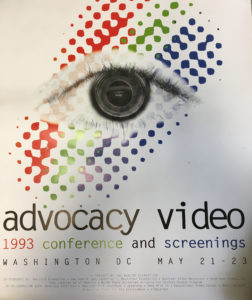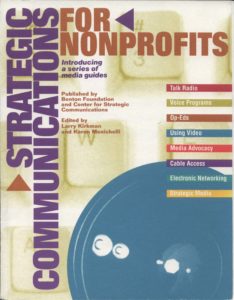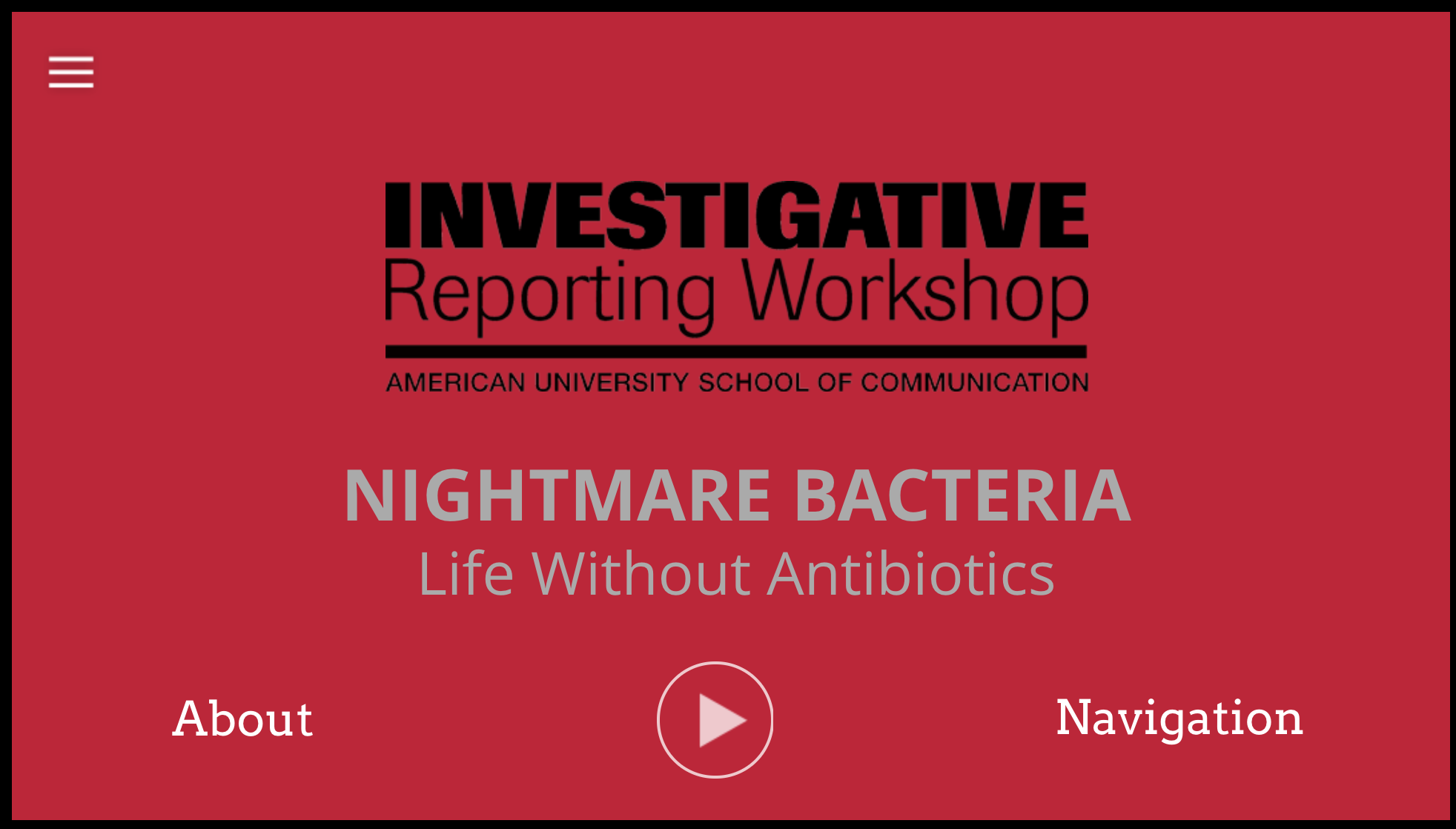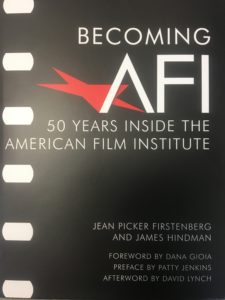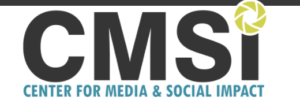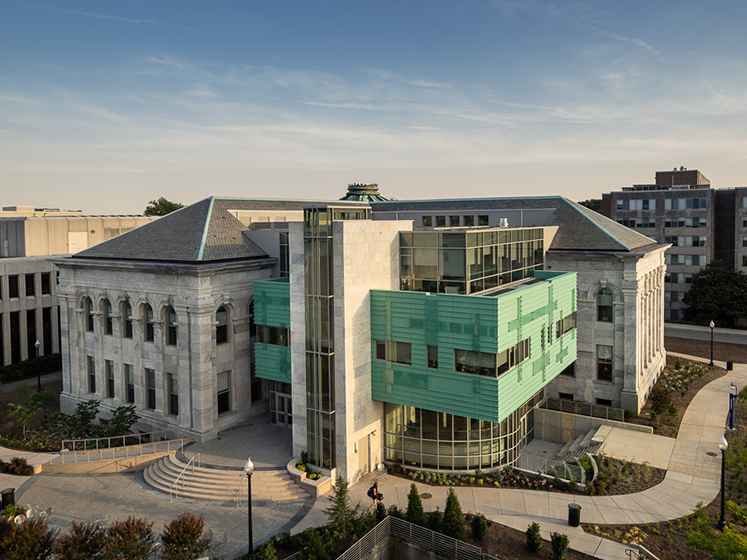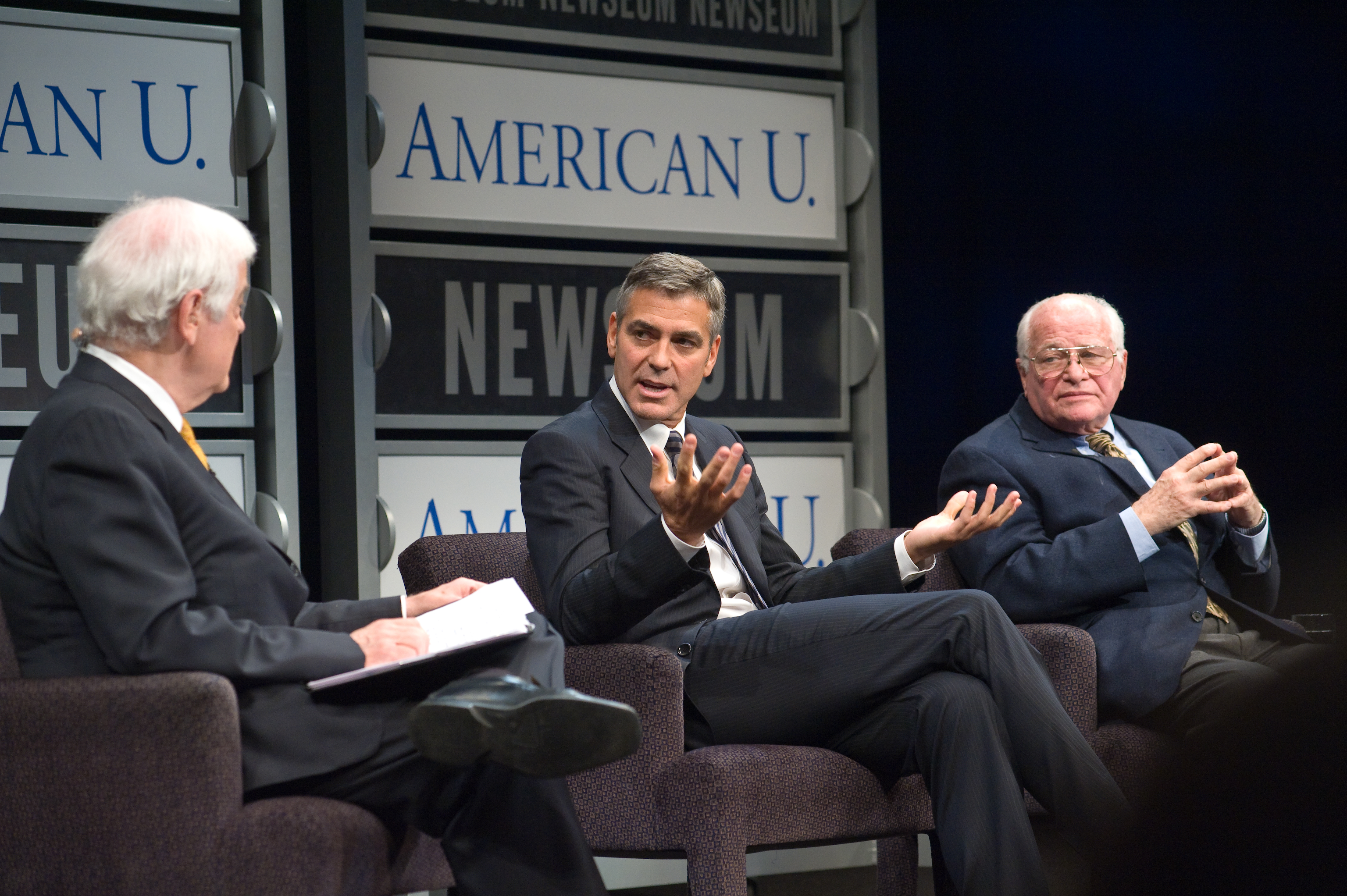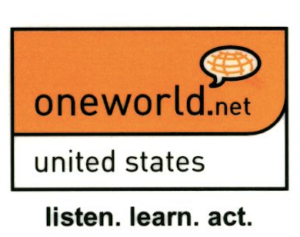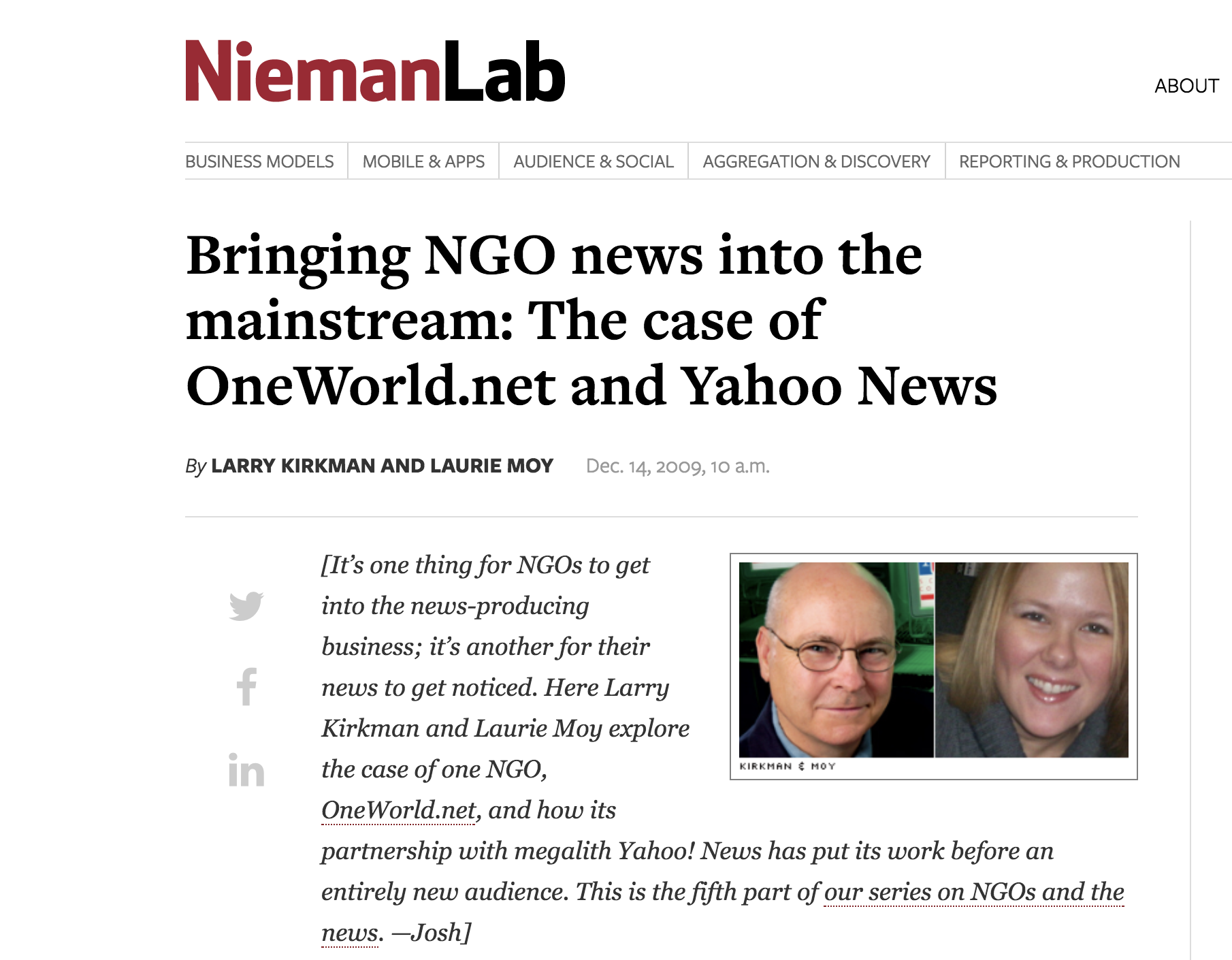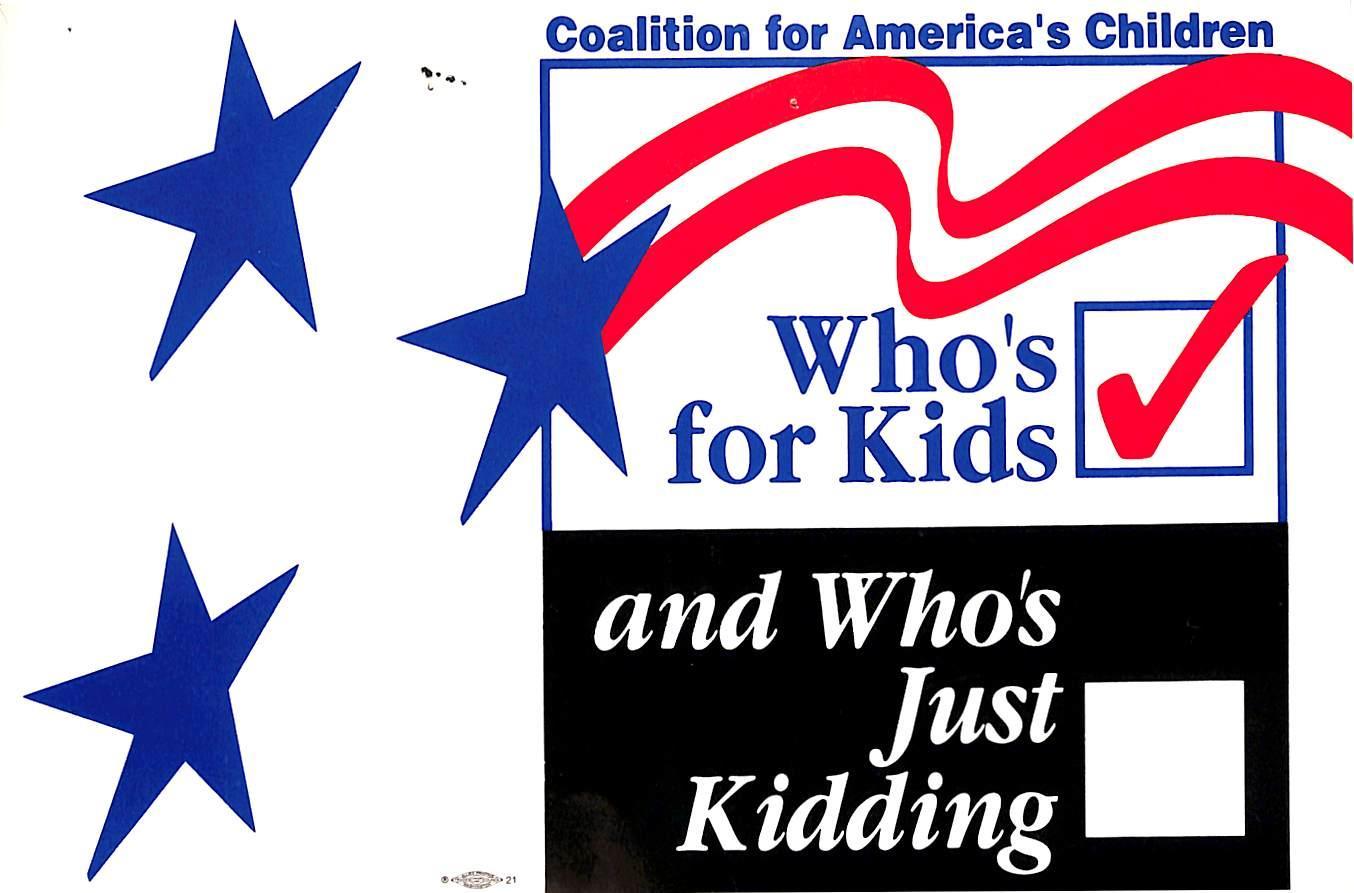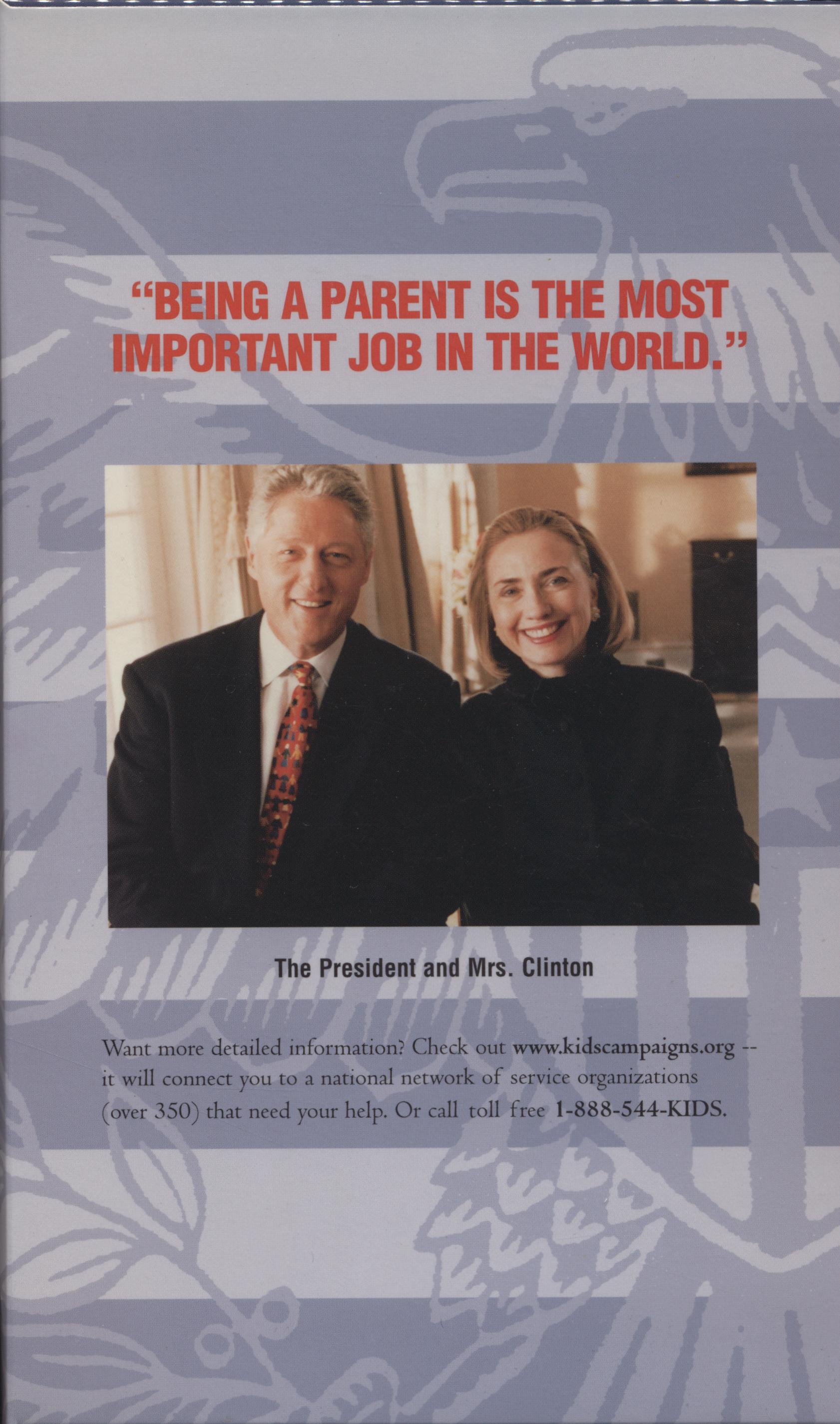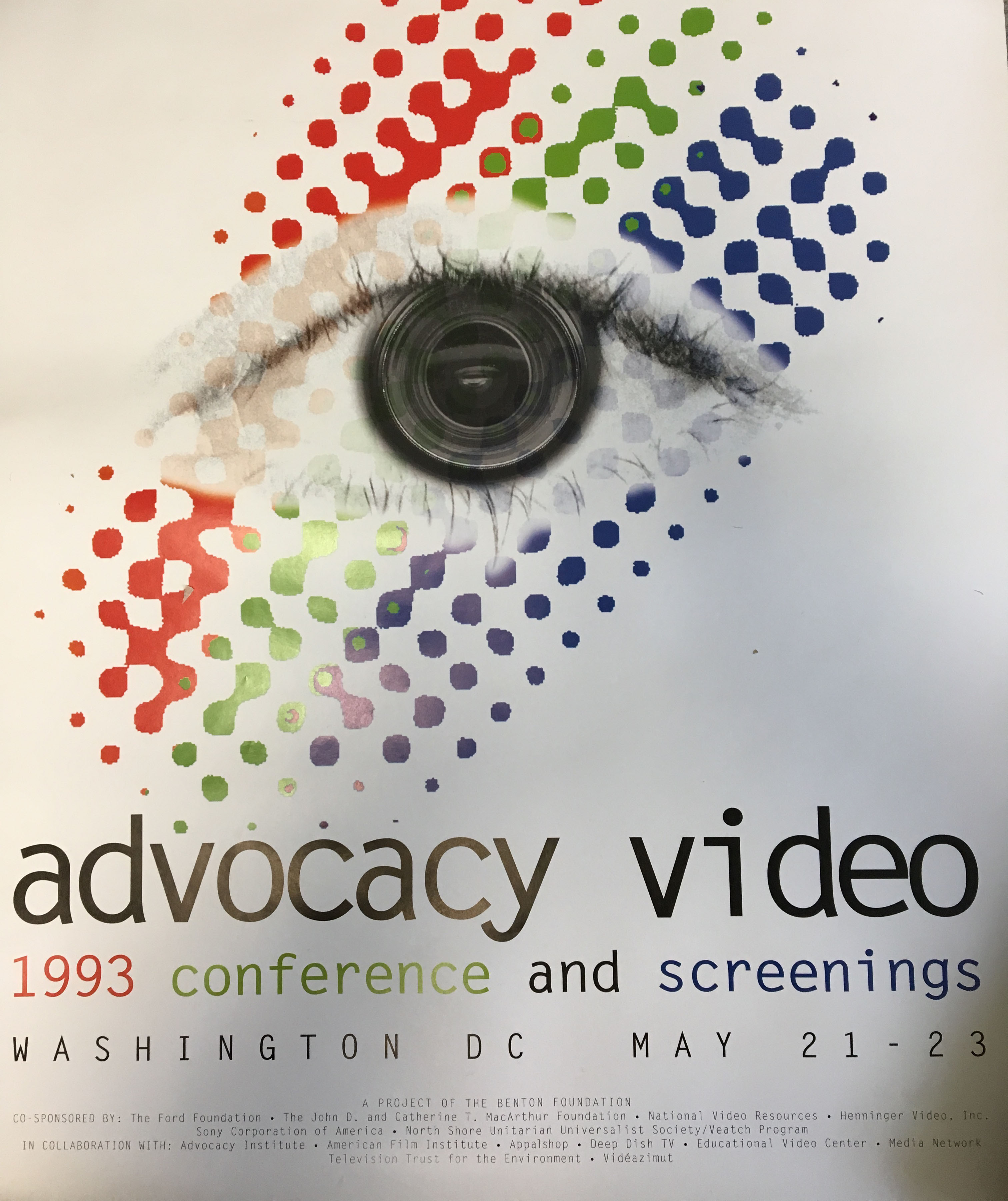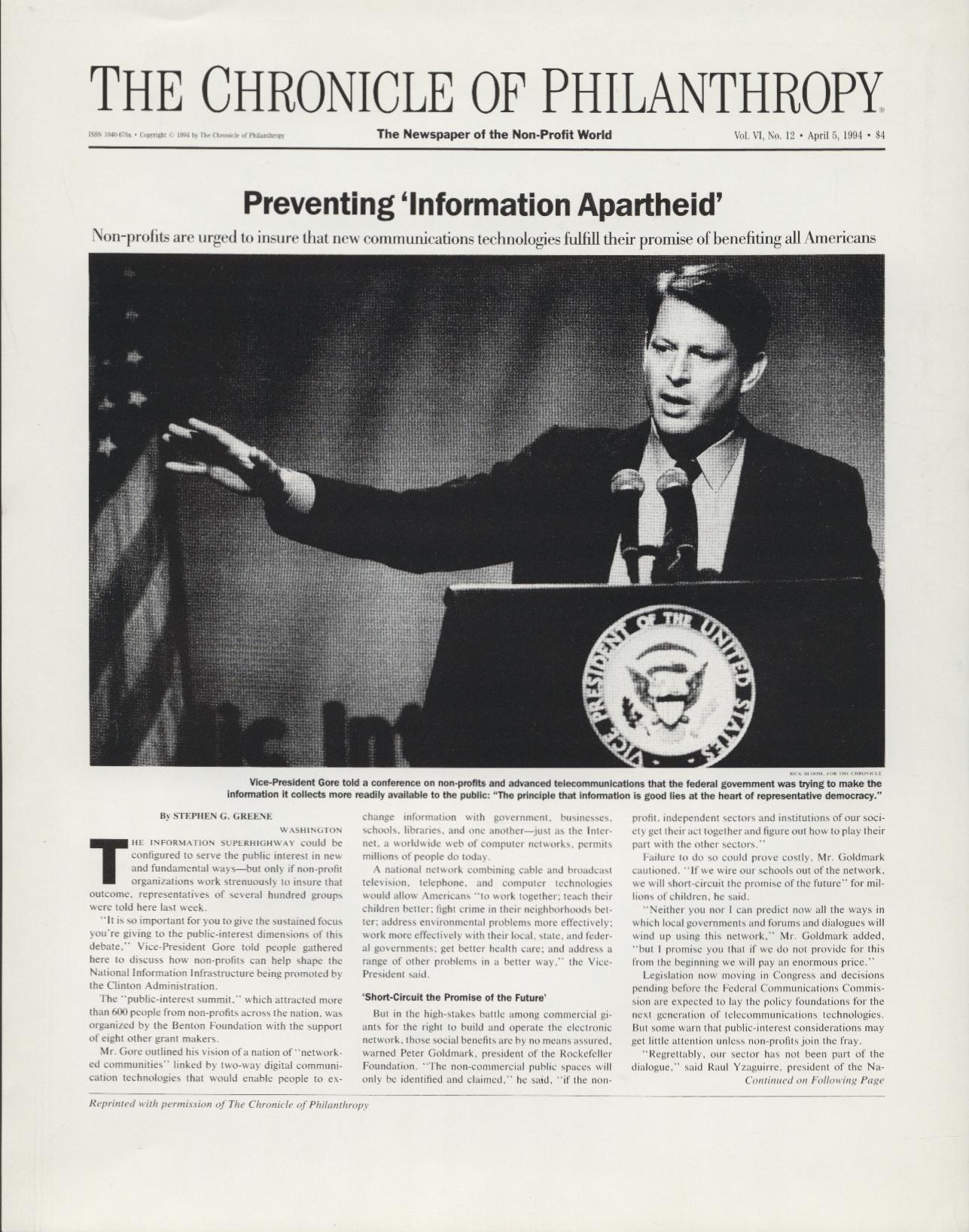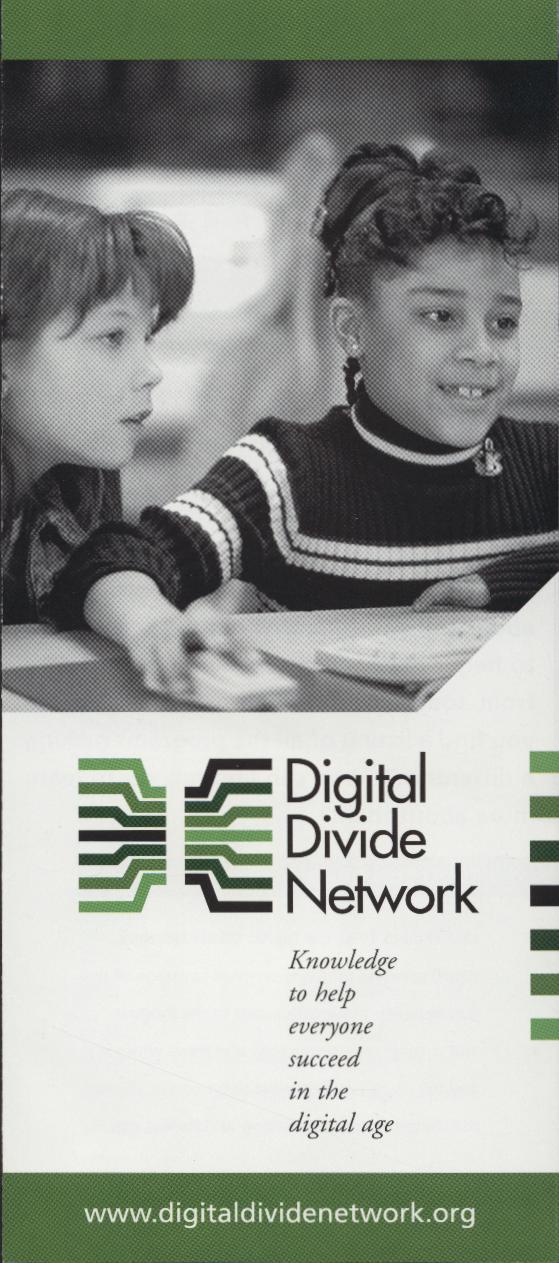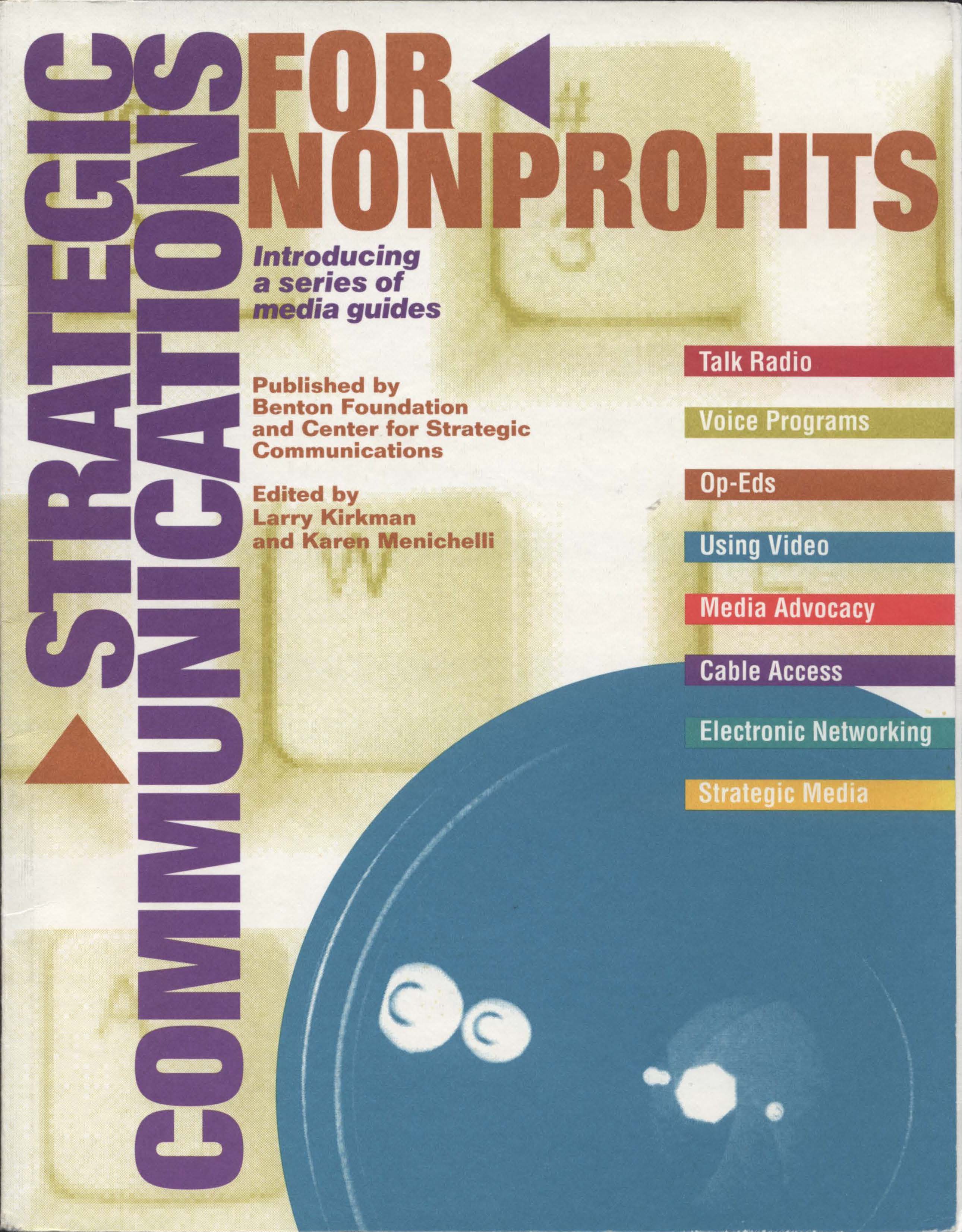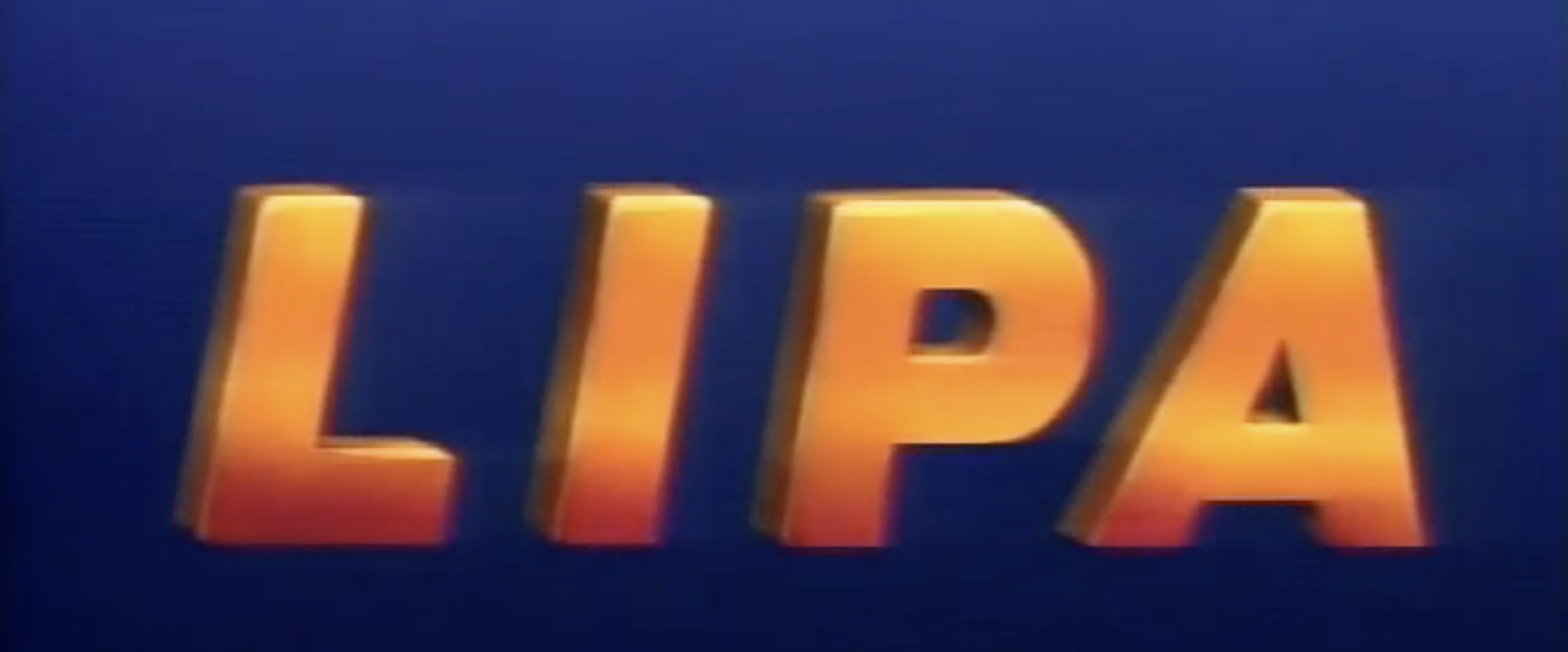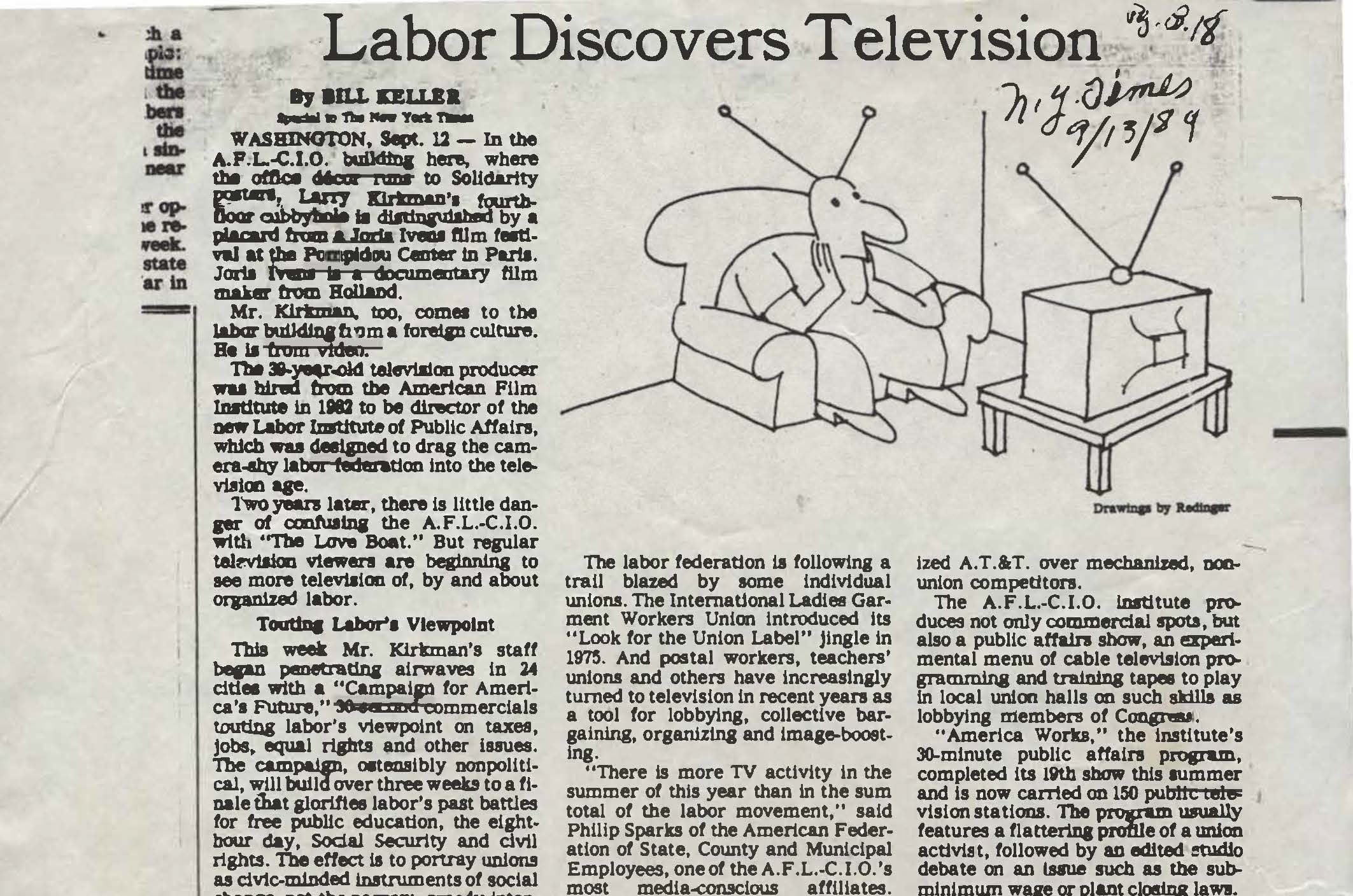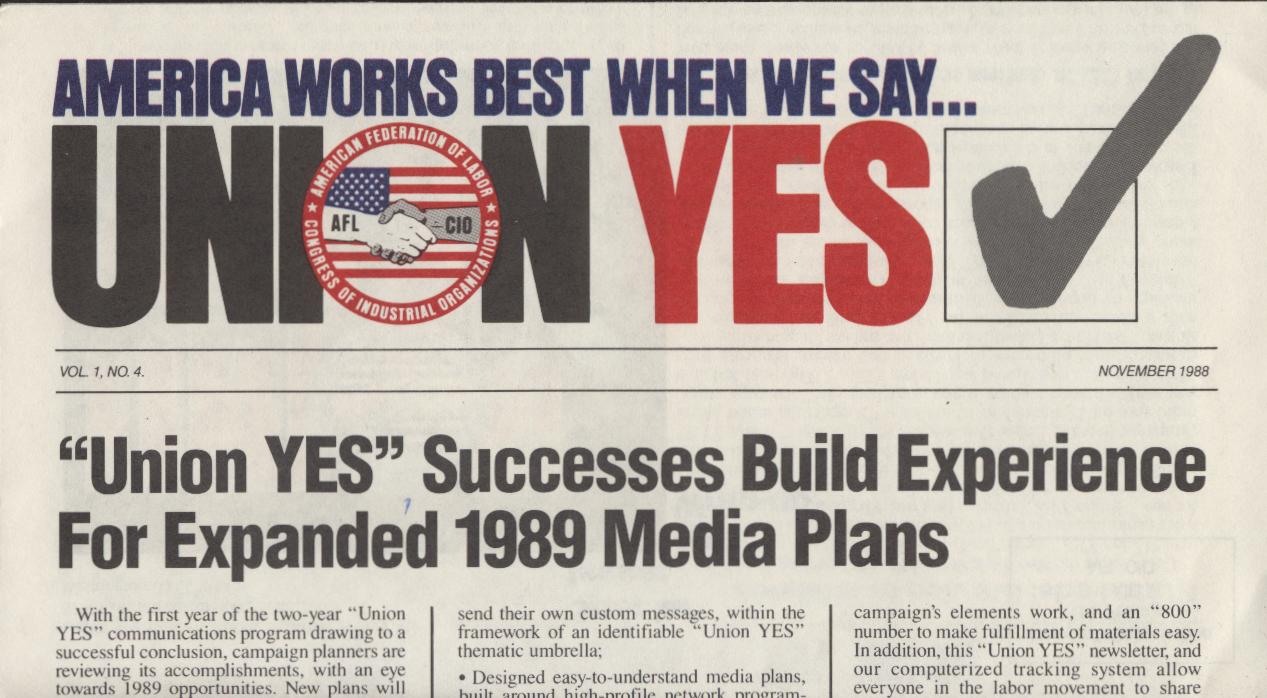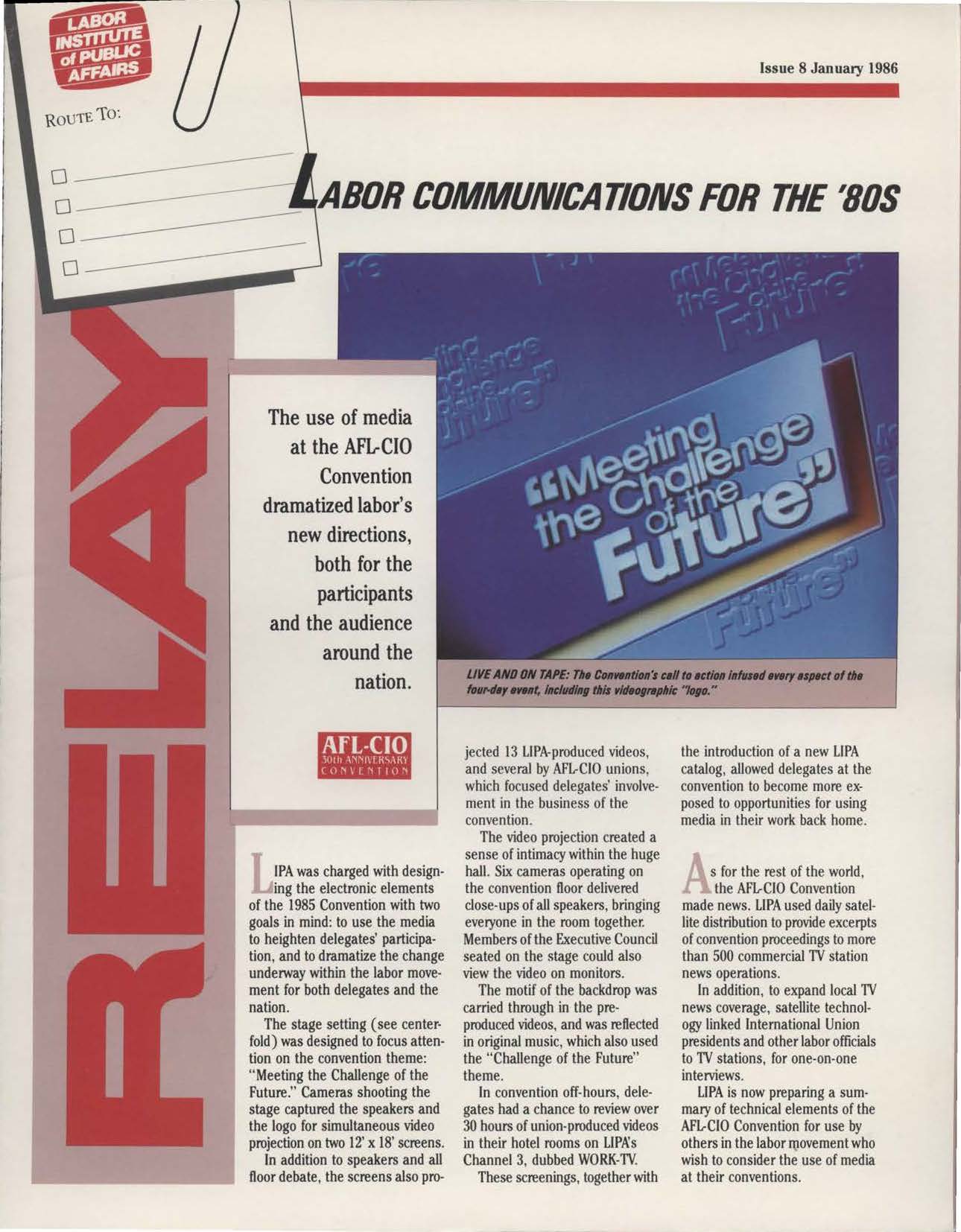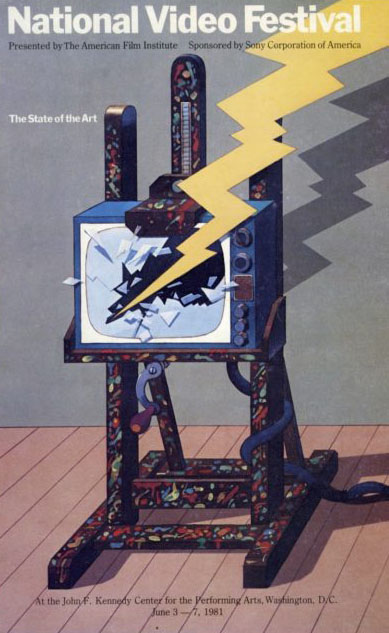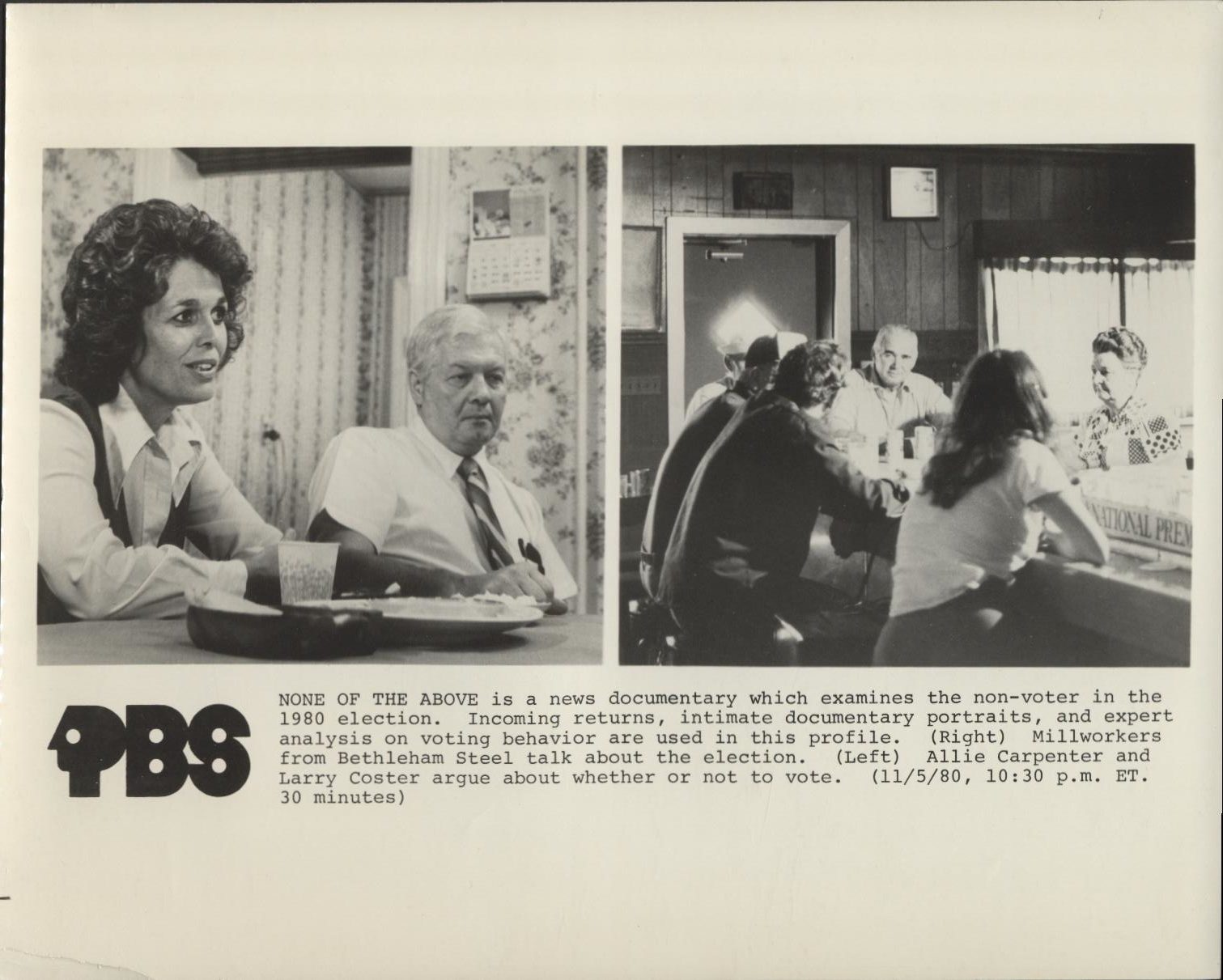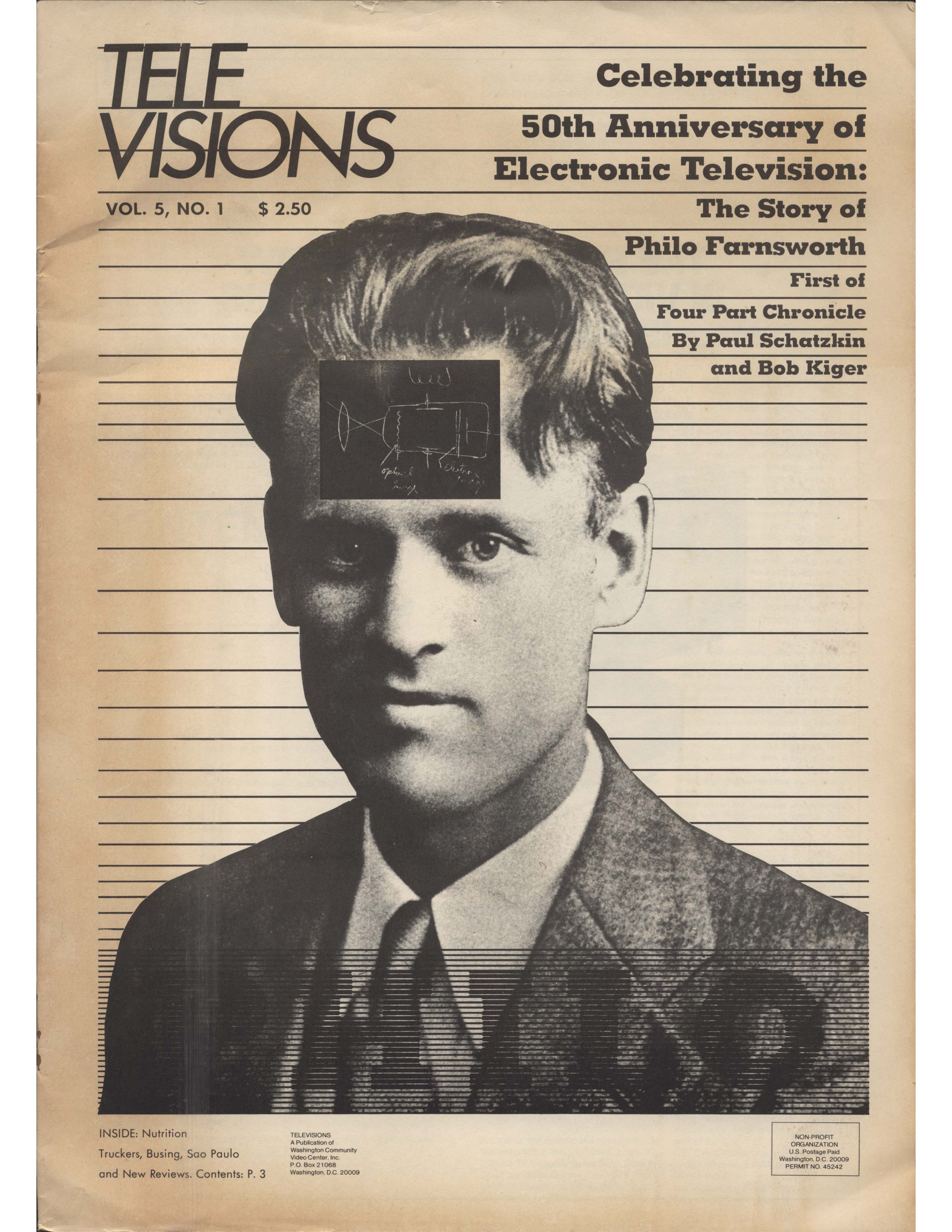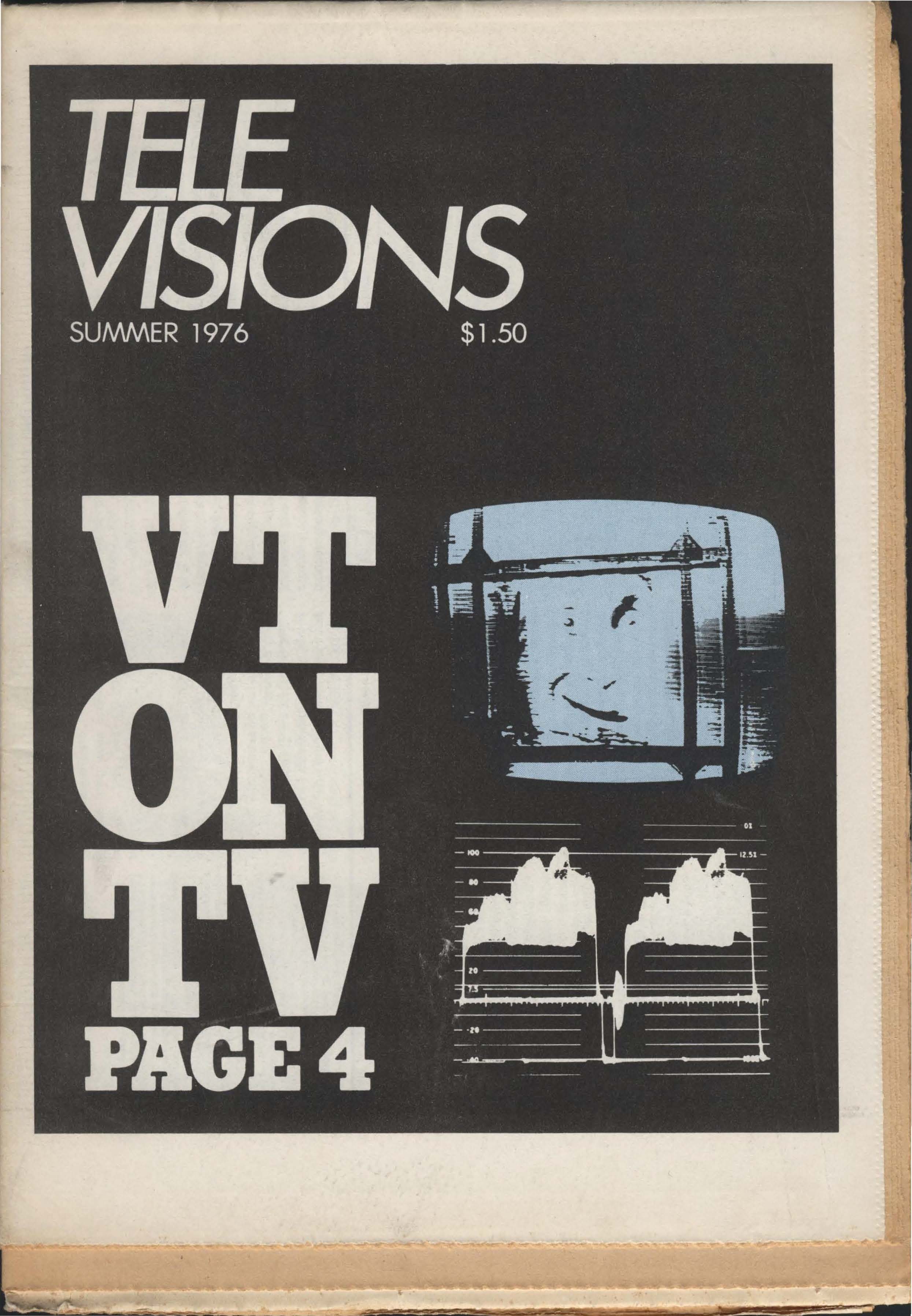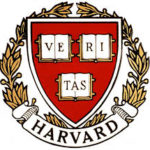Publisher of KidsCampaigns/Connect for Kids
Developed and managed a partnership with The Advertising Council to produce a multi-media publishing venture to engage and equip Americans to act on behalf of children
As a partner with the Advertising Council, Benton produced a ground-breaking multiple media publishing venture, first as KidsCampaigns, launched in 1996 in collaboration with the Coalition for America’s Children, and in 1999 as Connect for Kids. The Ad Council had made a ten-year commitment to make PSAs on children and families the centerpiece of its annual $2 billion in donated media.
Benton was the Ad Council sponsor for public service advertising campaigns that garnered more than $300 million in donated TV, radio, print, outdoor and Web-banner advertising from 1996 to 2001. In 1999, the advertising drove over one million unique user sessions a month to the Benton produced Connect for Kids website, which had links to more than 1,200 children’s issues sites and 1,500 organizations nation-wide. This was a major step forward in public service campaign fulfillment.
KidsCampaigns/Connect for Kids inspired and empowered adults to pursue opportunities to make a difference for kids and their communities by providing information and resources to:
- get the tools they need to make their communities work for kids;
- get connected to groups that equip adults to act together for kids;
- learn how well children are doing in their community, state or nation;
- become a better citizen by representing children who can’t vote; and,
- give time or money to improve the lives of children.
The AT&T Foundation provided a $3 million grant to launch the campaign, half of which was allocated to Benton for fulfillment through the web and an 800 number and half to the Ad Council for production and distribution of TV, radio, print, outdoor and online advertising. One wave of advertising included the first PSA to feature both a President and First Lady, the Clintons, which received more than $60 million in donated media. That year, 1997, the campaign was ranked #1 among Ad Council public service campaigns, commanding media donations in excess of $100 million.
Kellogg, Packard, Atlantic, Annie E. Casey and Knight foundations provided additional major funding for Benton’s web production and outreach.
